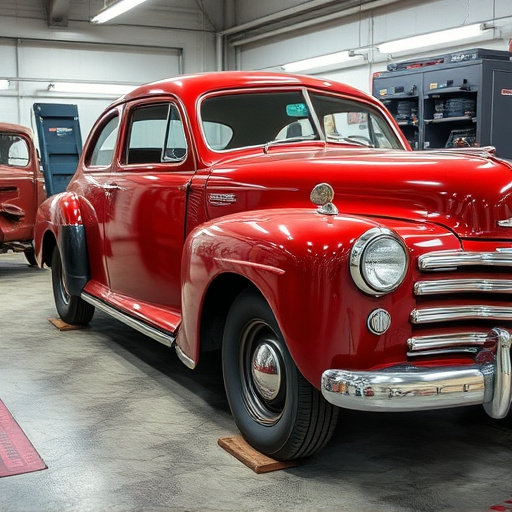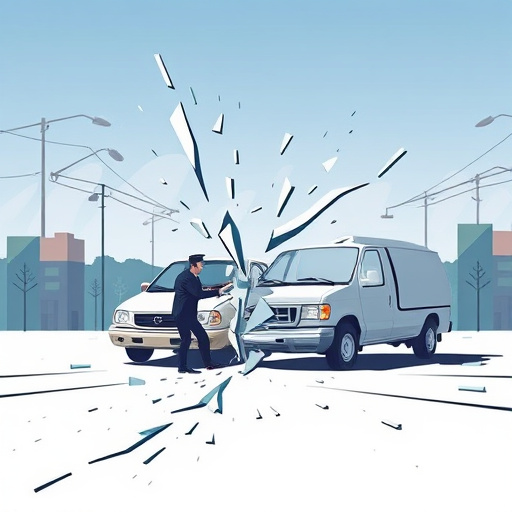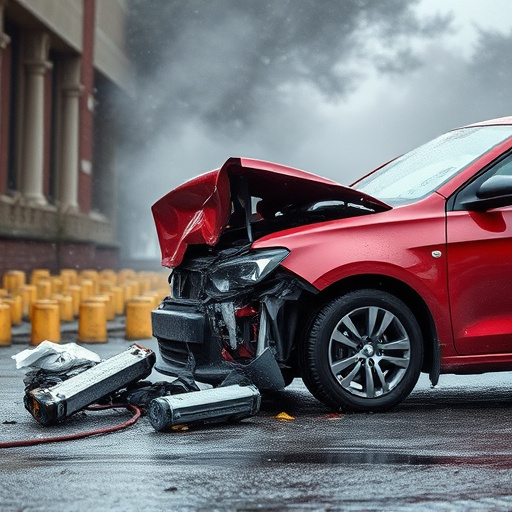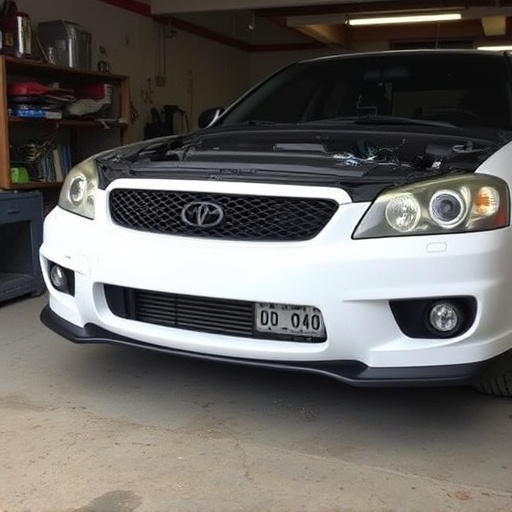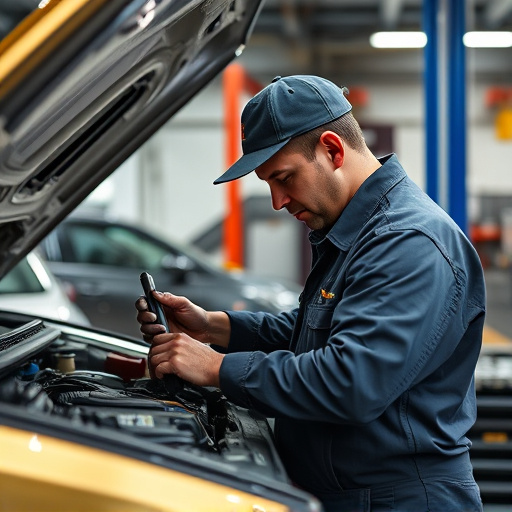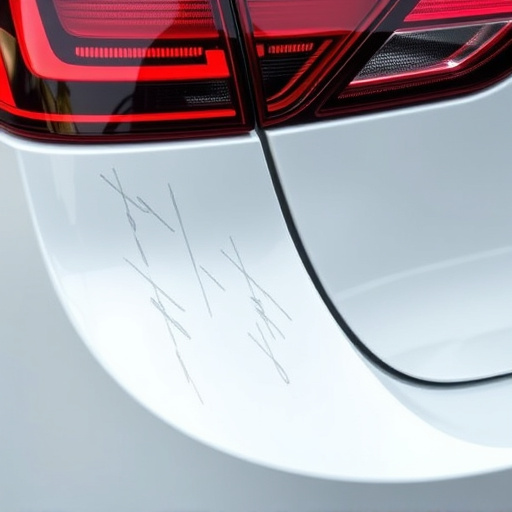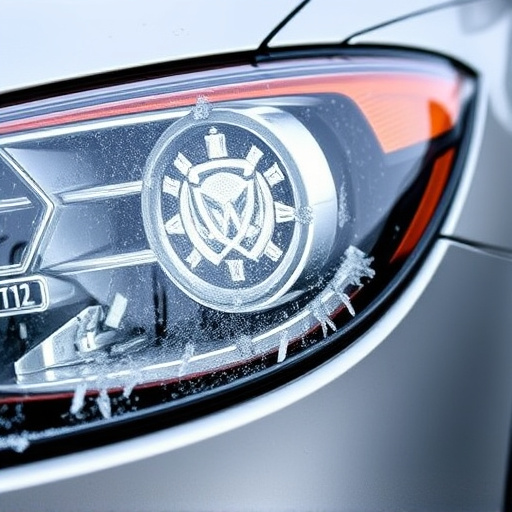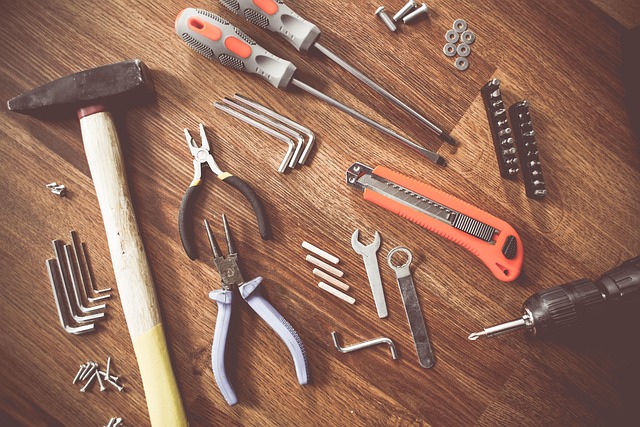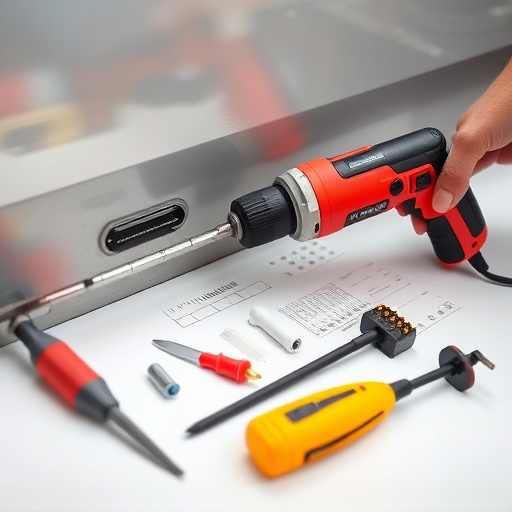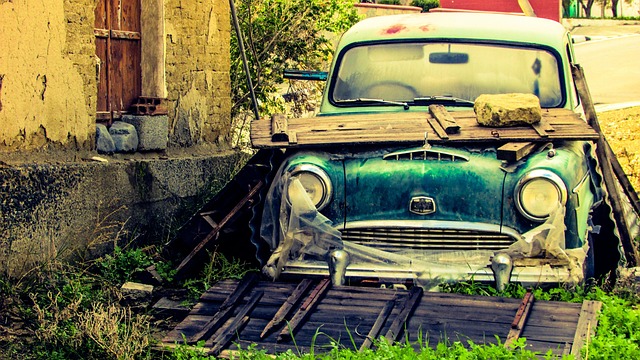Auto body restoration costs vary based on supplier reputation, labor rates, and technician experience. Reputable suppliers offer high-quality parts at a premium, while discount dealers provide cost savings. Bulk purchasing during sales can reduce expenses. Labor rates are determined by skill, time estimates, and overhead expenses like shop rent and equipment maintenance. Insurance deductibles, environmental regulations, and proper disposal of materials add to the overall cost. Planning and transparency in estimating help avoid budget surprises.
Auto body restoration is a meticulous art that requires precision and quality. When considering the cost factors in this intricate process, several key elements come into play. From materials and parts selection to labor rates and additional fees, each aspect significantly impacts the final price tag. This article delves into the essential cost considerations for auto body restoration work, guiding both professionals and enthusiasts through the budgeting process with expertise and clarity.
- Materials and Parts Costs: Source, Quality, and Quantity
- Labor Rates: Skilled Technicians, Time Estimates, Overhead
- Additional Fees: Insurance, Disposal, and Environmental Regulations
Materials and Parts Costs: Source, Quality, and Quantity

In auto body restoration, Materials and Parts Costs are a significant factor that can vary widely depending on several variables. The source of materials plays a crucial role in determining price; reputable suppliers often command higher prices due to quality assurance and warranty standards. However, for restorers, accessing discount dealers or recycling materials from car wrecking yards can substantially reduce costs without compromising the final product.
Quality is another key consideration. High-quality parts are more durable and aesthetically pleasing but come at a premium. Restorers must balance the need for excellence with budget constraints, especially when dealing with intricate car collision repair tasks that require specialized components. Quantity also affects cost; purchasing in bulk from auto body services or during sales can lead to significant savings, making it essential to plan repairs with an eye towards material and part economy.
Labor Rates: Skilled Technicians, Time Estimates, Overhead
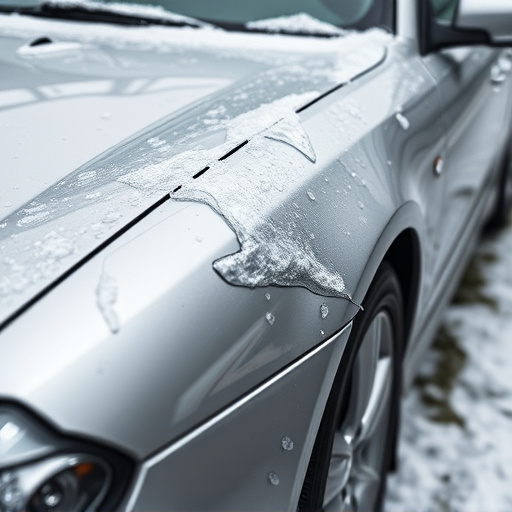
The cost of auto body restoration significantly hinges on labor rates, which are influenced by the skills and experience of technicians. Skilled professionals command higher wages, reflecting their expertise in handling complex repairs, intricate detail work, and adherence to safety standards. When estimating costs for vehicle body repair or car collision repair, it’s crucial to consider not just the direct labor involved but also overhead expenses. These include shop rent, insurance, equipment maintenance, and other operational costs that are essential to maintaining a functional auto body shop.
Time estimates play a critical role in determining labor rates as well. The complexity of the restoration work directly impacts the time required, which is factored into the final bill. Simple repairs might take fewer hours, while more intricate car body restoration procedures could span several days or even weeks. This temporal aspect ensures that technicians are compensated fairly for their time and expertise in navigating the labyrinthine processes involved in auto body restoration.
Additional Fees: Insurance, Disposal, and Environmental Regulations

When budgeting for auto body restoration work, it’s crucial to account for additional fees that can significantly impact overall costs. One such factor is insurance coverage, which plays a vital role in financing repairs, especially if your policy includes comprehensive or collision deductions. Understanding these deductibles and how they apply to car dent removal, auto glass replacement, or vehicle paint repair is essential before initiating any restoration process.
Additionally, environmental regulations and proper disposal of materials should not be overlooked. Many auto body shops adhere to strict guidelines for handling hazardous substances, such as old paints and solvents. These practices come at a cost, which may include fees for recycling certain materials or properly disposing of outdated products. Being aware of these potential charges ensures you receive a transparent estimate and avoids budget surprises during the restoration journey.
Auto body restoration involves a complex interplay of costs, from materials and labor to regulatory compliance. When embarking on such a project, it’s crucial to consider not just the immediate expenses but also long-term financial considerations. By sourcing high-quality parts, accurately estimating labor time, and understanding additional fees like insurance and environmental regulations, you can ensure a successful auto body restoration process that fits within your budget without compromising on quality.
